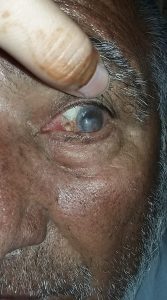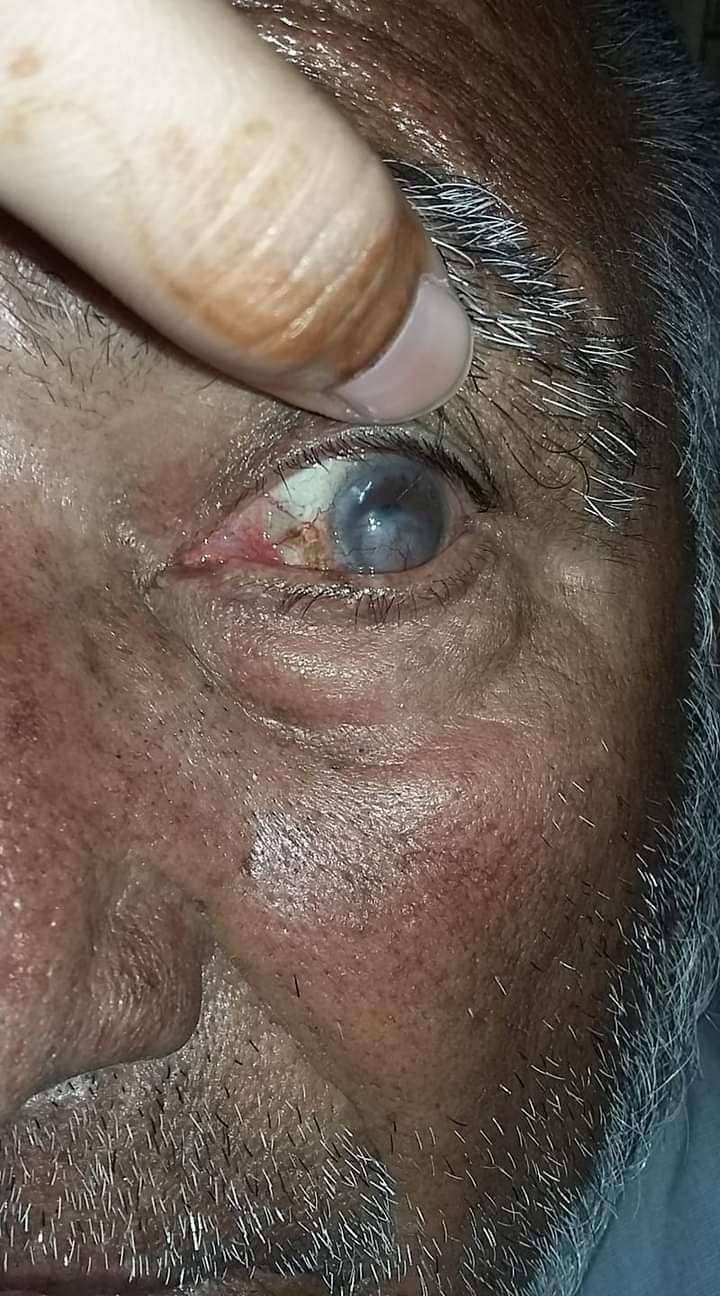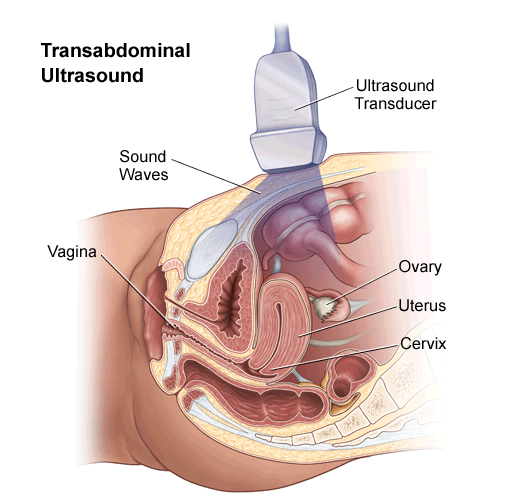How much does cataract surgery cost in Nigeria? Cost of cataract surgery in Abuja Nigeria, Cost of cataract surgery in Lagos #Nigeria.
Welcome to www.nimedhealth.com.ng
From my mailbox….
Goodmorning doctor…I am Tolu writing from Abuja. Please I want to know how much it will cost my aged mum to do cataract surgery in Lagos Nigeria.
My reply.
Thank you for reaching out. Let me go straight to answering your question. Cataract surgery in Nigeria cost about #300,000 – #500,000 naira. In Lagos, the minimum you will be required to pay for cataracts surgery is about #350,000 naira. For those in Abuja, I know a hospital in Abuja (FCT) that perform cataract removal surgery for about #500,000 and even #1,000,000 depending on the hospital, the surgeon, and the cost of materials (artificial lens) used.
In Benin City Edo state, I know some eye clinics that charges #250,000 naira for cataracts surgery. For people living in Port Harcourt, cataract surgery is about #700,000 naira.
Sometimes, spirited individuals and govt offer free cataract surgery to persons in need but financially challenged.

There is global rise in prices of commodities including medical supplies. So, the prices of surgeries have also risen.
.
Some things you should know about cataracts surgery.
Cataract surgery is performed by an eye surgeon (ophthalmologist) on an outpatient basis (may also be on in-patient basis), which means you don’t have to stay in the hospital after the surgery. Cataract surgery is very common and is generally a safe procedure.
During cataract surgery, the clouded lens is removed, and a clear artificial lens is usually implanted. In some cases, however, a cataract may be removed without implanting an artificial lens…
The types of lenses available are: Fixed-focus monofocal, Accommodating-focus monofocal, Multifocal, Astigmatism correction (toric)…your doctor will determine which of the lease is best for you while putting your pocket into consideration.
Surgical methods used to remove cataracts include:
Using an ultrasound probe to break up the lens for removal: During a procedure called phacoemulsification, your surgeon makes a tiny incision in the front of your eye (cornea) and inserts a needle-thin probe into the lens substance where the cataract has formed.
Your surgeon then uses the probe, which transmits ultrasound waves, to break up (emulsify) the cataract and suction out the fragments. The very back of your lens (the lens capsule) is left intact to serve as a place for the artificial lens to rest. Stitches may be used to close the tiny incision in your cornea at the completion of the procedure.
Making an incision in the eye and removing the lens in one piece: A less frequently used procedure called extracapsular cataract extraction requires a larger incision than that used for phacoemulsification. Through this larger incision your surgeon uses surgical tools to remove the front capsule of the lens and the cloudy lens comprising the cataract. The very back capsule of your lens is left in place to serve as a place for the artificial lens to rest.
This procedure may be performed if you have certain eye complications. With the larger incision, stitches are required.
Once the cataract has been removed by either phacoemulsification or extracapsular extraction, the artificial lens is implanted into the empty lens capsule.
Complications and Risks
Complications after cataract surgery are uncommon, and most can be treated successfully.
Cataract surgery risks include:
Inflammation
Infection
Bleeding
Swelling
Drooping eyelid
Dislocation of artificial lens
Retinal detachment
Glaucoma
Secondary cataract
Loss of vision
The complications of cataract removal surgery is far rare if performed by an experience eye doctor.
Sources;
Mayoclinic
www.nimedhealth.com.ng
























